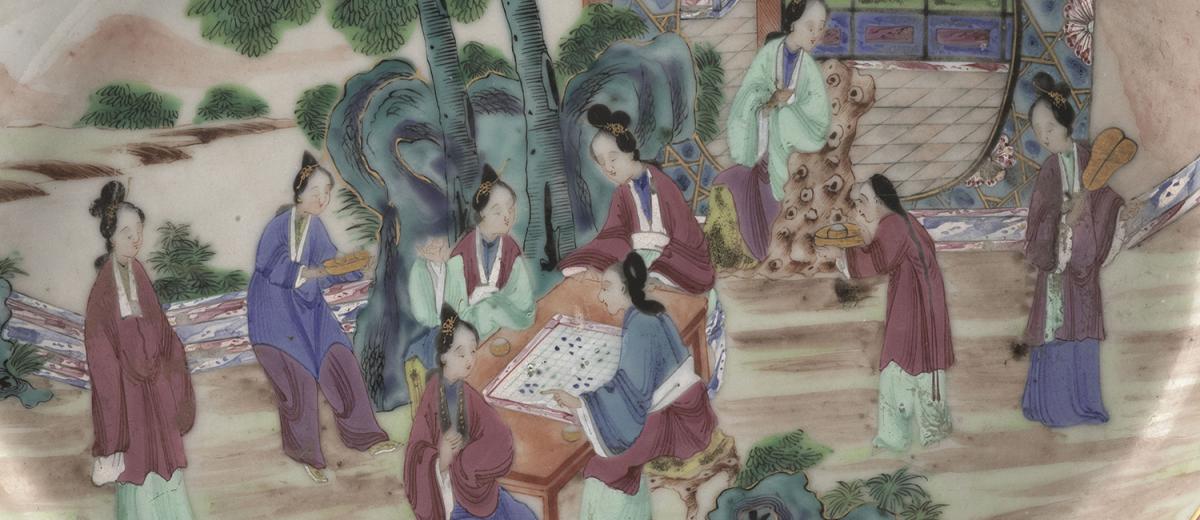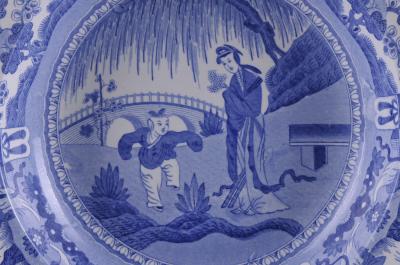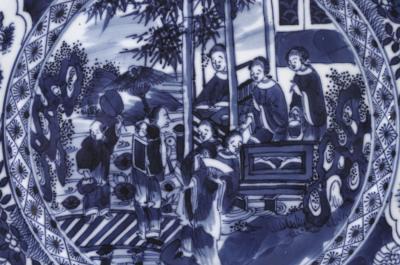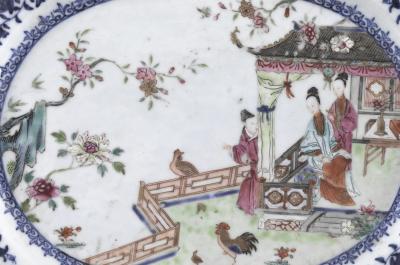23 Sep - 26 Dec 2017
EXHIBITION OF OUTSTANDING CHINESE PORCELAINS
THE INFLUENCE OF CHINESE GARDENS IN EUROPE THROUGH PORCELAIN
published at 05/10/2017
Presented for the first time outside China and the result of a remarkable partnership between Domaine de Chaumont-sur-Loire and Beijing’s Museum of Chinese Gardens and Landscape Architecture (MCGALA), Château de Chaumont-sur-Loire is acting as the venue for a three-month exhibition of an outstanding collection of some sixty Chinese porcelains from the Ming and Qing dynasties.

Chinese porcelain, one of the greatest inventions to come out of the “Middle Kingdom”, made its first appearance during the Shang dynasty (1570-1045 BC), developing under succeeding dynasties to achieve a period of unprecedented affluence under the Ming dynasty (1368-1644) and the Qing dynasty that followed (1644-1912), due to development of seafaring and the opening of trade relations with Europe.
Emperor Kangxi (reigned 1661-1722) participated in this success by introducing the practice of sending porcelain gifts to foreign sovereigns.
Chinese art objects enjoyed ever-increasing popularity over the course of the 18th century, influencing French creation. It became common practice to mount porcelains in gilded bronze settings, providing master smelters with opportunities to show off their knowhow and bring the porcelain items they embellished into greater compliance with European taste of the day.
Exported Chinese porcelains were decorated with typical features of the Chinese garden, including flowers, natural landscapes and pagodas, and it was not long before such motifs came to exert considerable influence on the aesthetics and architecture of gardens, starting with those in Great Britain in search of a new genre.
Visitors can now make their way from the Dining Room to the Library and Princess de Broglie’s Grand Salon, and acquaint themselves with an exceptional collection of porcelains on show in the West for the first time, while letting their imaginations wander through Chinese gardens created by some of the Middle Kingdom’s finest craftspeople.


